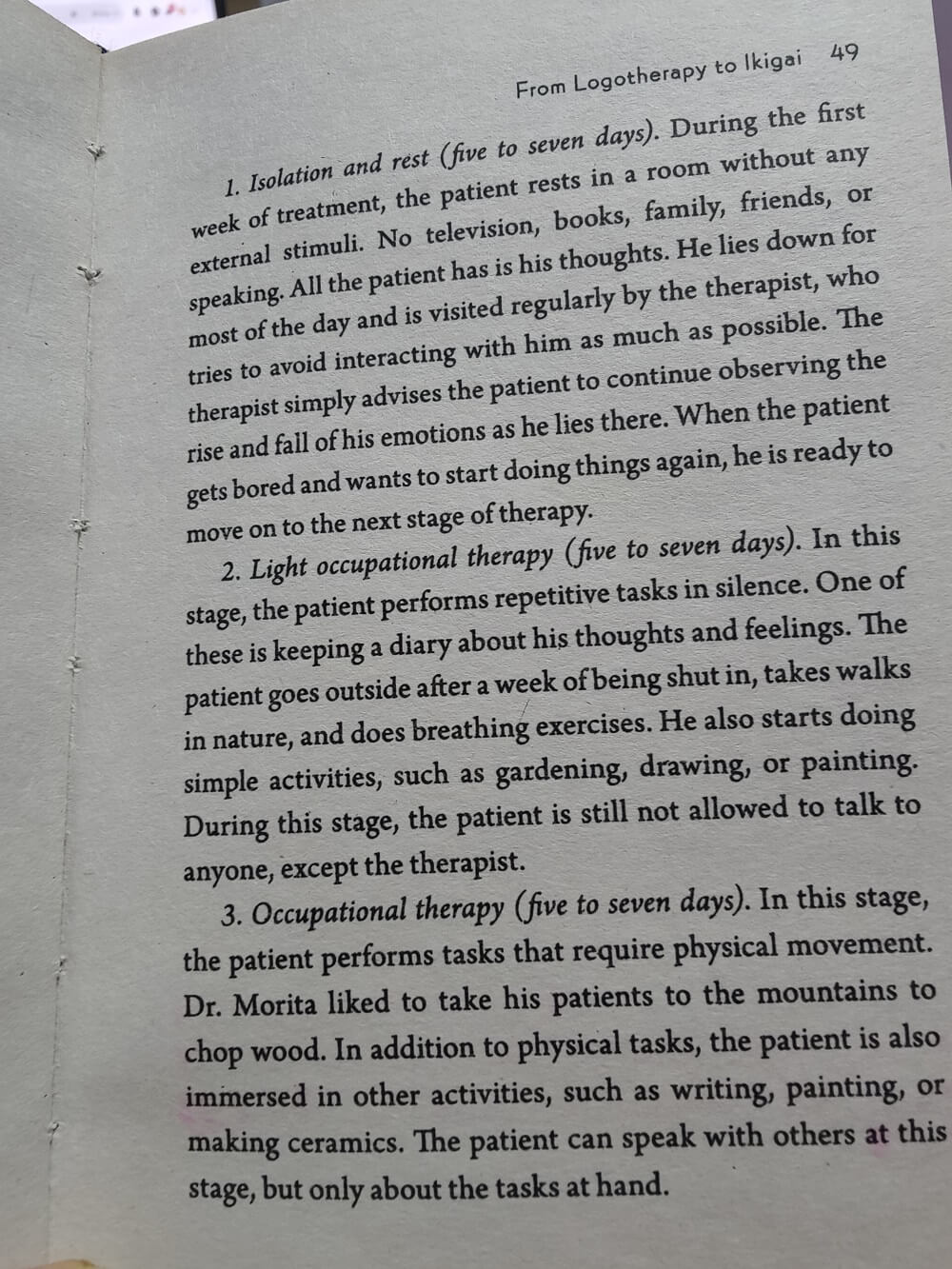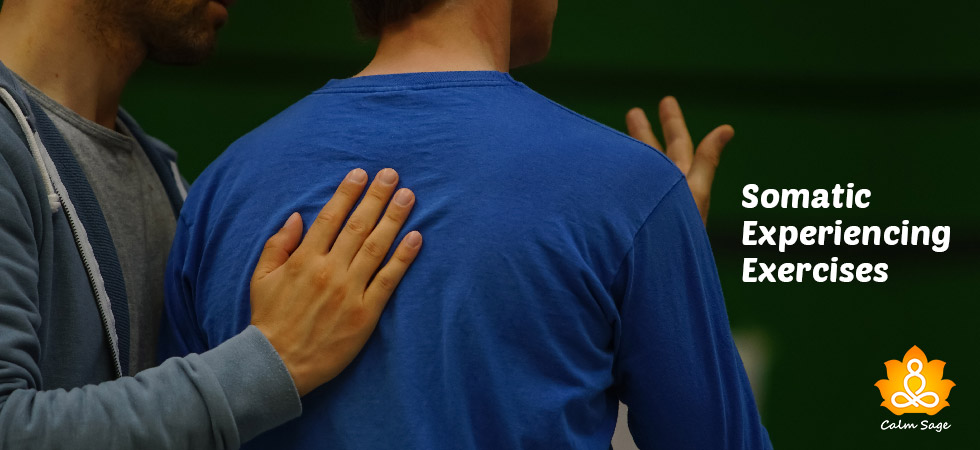Understanding Morita Therapy: A Comprehensive Guide For You

At the heart of our authentic selves, emotions play a major role in everything we do. Whether it’s about being happy, sad, or angry emotions and feelings are a part of our life experiences. In every decision you make and every action you take, emotions guide your choices. And that’s what Morita Therapy is all about.
In psychology, various therapy approaches bring attention to emotions. And one of them is Morita therapy. For instance, in the West, positive emotions such as happiness are indicators of success, but negative emotions are the ones that prevent you from reaching your success or goal. That is evidenced in cognitive-behavioral therapy (CBT) which teaches us to manage our negative thoughts, feelings, and emotions.
On the other hand, in Eastern culture, there’s another approach to emotions. People in Eastern culture react positively to sadness and similar negative emotions, indicating that Easterners embrace negative emotions as a part of life whereas Westerners try to chase away negative emotions, a 2017 study suggests.
Let’s explore more about what is Morita therapy, the stages, how it works, and what Morita therapy is used for in modern psychology.
Morita Therapy: What is It?
Morita Therapy is a Japanese psychotherapy approach that is different from Western therapy approaches. Developed by Dr. Shōma Morita in 1919, Morita therapy is a response-oriented and holistic approach that states that all emotions – positive and negative – are a part of your life experience. Our emotions act as our guide to help us live an authentic life and that’s what Morita therapy supports.
Influenced by Zen philosophy, this therapy approach highlights the significance of experiencing all of your feelings and emotions rather than ignoring the emotions that feel uncomfortable. This therapy was designed in response to Morita’s clinical observations.
Dr. Morita started inpatient treatment at his rural home where the emphasis was on rest. Eventually, diary writing, nature activities, and experiential learning were added as part of the therapy and it was noted by Morita that patients healed in a safe and family-like environment.
But, Is It All?
It is believed that Morita therapy was developed initially to treat excessive worry (anxiety) or shinkeitshitsu, a Japanese syndrome. Morita challenged the classic psychopathology models and created a model that relied less on medications and talk therapy. He eventually found that the more a person tried to ignore the symptoms by speaking about them, the more these symptoms will continue to live on.
Morita believed that over-focus on reducing symptoms can lower your well-being which is referred to as kokoro in Japanese, meaning the oneness of mind, body, and spirit.
“…People with obsessive thinking who become more trapped in their own suffering when they try to escape from their fears and discomfort through various manipulative means,” says Shoma in his book, ‘Morita Therapy and the True Nature of Anxiety-Based Disorders’
In the end, Morita therapy aims to provide patients with an experience that would allow them to let go of their struggles with their feelings and emotions and instead accept it all – symptoms and reality as they are, unfiltered – also referred to as arugamama in Japanese.
How Does Morita Therapy Work?
There are four stages in Morita therapy and each step can take several days. Morita therapy stages can be as follows;
1. First Stage: Isolation or Rest Therapy (5-7 Days)
In this first stage of Morita therapy, you are placed in isolation and are requested to live in a state of rest. You are not allowed to talk to others or do anything that distracts you (including reading, watching TV, listening to music, etc.) Even the patient-client interaction is minimal. During this time, you are encouraged to let your mind wander and think about your life, your problems, your experiences, and even emotions including anxiety.
Slowly, by the third day, you feel energized by the memory of controlling emotions and the distress of your previous days decreases. This stage is effective in treating excessive worry symptoms of anxiety and by the time you reach day four, you enter a state of boredom and seek activeness once again.
2. Second Stage: Light Occupational Work (5-7 Days)
At this second stage of Morita therapy, you remain isolated, and while you’re permitted to go out in nature during the day, and are encouraged to engage in light activities such as gardening, etc. One of the main activities during this stage is journaling. This is done to help the therapist understand your physical health as well as your emotional health. However, you’re not permitted to divert your mind or amuse yourself. The idea is to let yourself endure your symptoms calmly and to cause an action that can help drive away your boredom.
Henceforth, you start to notice the little activities in your external environment such as sunrise and sunset, birds teetering, etc. as you go about your daily tasks. This helps you distract from your symptoms and inspires you to be curious.
3. Third Stage: Occupational Work (5-7 Days)
The third stage is more about comprehensive work according to your physical limitations. At this stage, the activities can include cleaning your living space, gardening, doing art projects, or more. Interacting with others is still not heavily encouraged. Your therapist also doesn’t respond to your emotional conversations. If you write about your emotional state, history, worries, etc. then your therapist will redirect the conversation.
Morita believed that this approach promotes self-awareness about your environment and it lets you surrender yourself to the present whether your symptoms are here or not. It is at this stage that you begin experiencing joy from reaching success due to your efforts. This brings confidence and encourages you to overcome pain while participating in physical and mental tasks.
4. Fourth Stage: Integrating Into Daily Life
This is the last stage of Morita therapy which prepares you to restore with the outside world. You are asked to focus on your “new” reality and adjust to changes around you in the world. You travel a distance from the treatment facility either by walking or by taking transportation. You also go on grocery runs or other errands outside the house.
Here, you experience different mental conditions because you’re exposed to the outside world after a long time. Gradually, you naturally forget your fears and worries as you integrate your “revitalized” self into the world.

Morita Therapy In Modern Psychology
In today’s psychology, Morita therapy has taken new twists from the classical version. Now, it’s implemented as a complementary treatment alongside medications and instead of inpatient therapy, it has shifted to outpatient centers. There’s also a little less focus on Zen Buddhism and related philosophies.
When it comes to treating disorders, Morita therapy can help treat anxiety disorders, post-traumatic stress disorder (PTSD), depression (MDD), bipolar disorder, and even psychotic disorders including schizophrenia.
Moreover, the objective of Morita therapy in modern psychology is similar to its classic version. For example, eliminating the never-ending cycle that keeps the anxiety strong, increasing your self-awareness, and even accepting your emotional states as they are.
Along with being used as a complementary therapy, Morita therapy can also be used as an additional intervention to lower symptoms and behaviors.
Is Morita Therapy Effective?
While Morita therapy was developed to treat excessive worries, it has been effective in treating anxiety disorders, PTSD, depression, eating disorders, BPD, and other mental or behavioral disorders. It has also been proven effective in treating the distress of survivors of sexual assault, cancer patients, people living with chronic pain, and war victims as well.
The concept of Morita therapy may have developed and modified with the years, but its purpose remains the same. You learn to live with your emotions, accept them as they are, and balance your fears and wants over the stages of the therapy.
Morita therapy works towards establishing a connection with nature while cultivating the natural flow of existence and emotions. You learn to direct your emotions and energy into doing something purposeful that helps you break the symptoms, and the cycle of distress, and move ahead in life, with purpose and meaning.
I hope this article helped you understand what is Morita therapy and how it works in helping you heal. For more, you can write to us at info@calmsage.com or write to us in the comments below.
Take Care!
Next Read:
What is Ikigai: A Japanese Concept To Find Your Purpose In Life




















